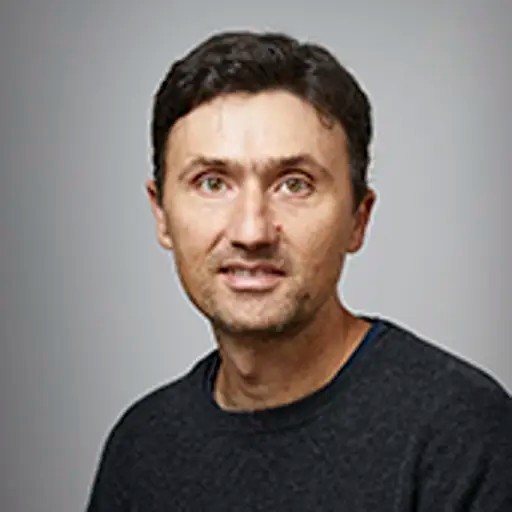Course syllabus adopted 2021-02-26 by Head of Programme (or corresponding).
Overview
- Swedish nameKvantfältteori
- CodeFUF020
- Credits7.5 Credits
- OwnerMPPHS
- Education cycleSecond-cycle
- Main field of studyEngineering Physics
- DepartmentPHYSICS
- GradingTH - Pass with distinction (5), Pass with credit (4), Pass (3), Fail
Course round 1
- Teaching language English
- Application code 85154
- Block schedule
- Open for exchange studentsYes
Credit distribution
Module | Sp1 | Sp2 | Sp3 | Sp4 | Summer | Not Sp | Examination dates |
|---|---|---|---|---|---|---|---|
| 0105 Written and oral assignments 7.5 c Grading: TH | 7.5 c |
In programmes
Examiner
 Riccardo Catena
Riccardo Catena- Professor, Subatomic, High Energy and Plasma Physics, Physics
Eligibility
General entry requirements for Master's level (second cycle)Applicants enrolled in a programme at Chalmers where the course is included in the study programme are exempted from fulfilling the requirements above.
Specific entry requirements
English 6 (or by other approved means with the equivalent proficiency level)Applicants enrolled in a programme at Chalmers where the course is included in the study programme are exempted from fulfilling the requirements above.
Course specific prerequisites
Special relativity and quantum mechanics at the level of F3 courses.
Aim
The course gives an introduction to relativistic quantum field theory (QFT) and its most basic applications to particle physics. The student learns how to use QFT to describe relativistic particles of spin 0 (Klein-Gordon field), 1/2(Dirac field) and spin 1 (Maxwell field). We introduce Feynman rules with the purpose of computing cross sections and lifetimes. Most of the applications are within quantum electrodynamics but towards the end of the course, we will briefly touch upon more advanced theories such as quantum chromodynamics and the Standard Model.
Learning outcomes (after completion of the course the student should be able to)
After the successful completion of the course the student will be able to use QFT to derive the basic fundamental dynamical properties of the following processes: Electron - electron scattering (Moeller scattering), electron - positron scattering (Bhabha scattering), Compton scattering, muon and hadronic production in electron - positron annihilation. Besides the above specific processes the student will have reached a level of knowledge where he or she will be able to derive Feynman rules for more general processes and study their dynamics to leading order in perturbation theory. Some more advanced aspects like Yang-Mills theoires and loop corrections will also be discussed. The student will be well equipped for taking more advanced courses involving renormalization and radiative corrections.
Content
Introduction, What is QFT? Spin 0, 1/2 and 1 fields, Perturbation theory, Scattering matrix, Feynman diagrams, Cross sections and lifetimes, Elementary processes in quantum electrodynamics (QED). Advanced topics like Yang-Mills theories and loop corrections.
Organisation
The course is based on lectures mixed with specific examples and exercises.
Literature
An Introduction to Quantum Field Theory, Michael E. Peskin and Daniel V. Schroeder Addison-Wesley Advanced Book Program (now Perseus Books)(1995).
Examination including compulsory elements
Homework and final mandatory oral exam.
The course examiner may assess individual students in other ways than what is stated above if there are special reasons for doing so, for example if a student has a decision from Chalmers about disability study support.